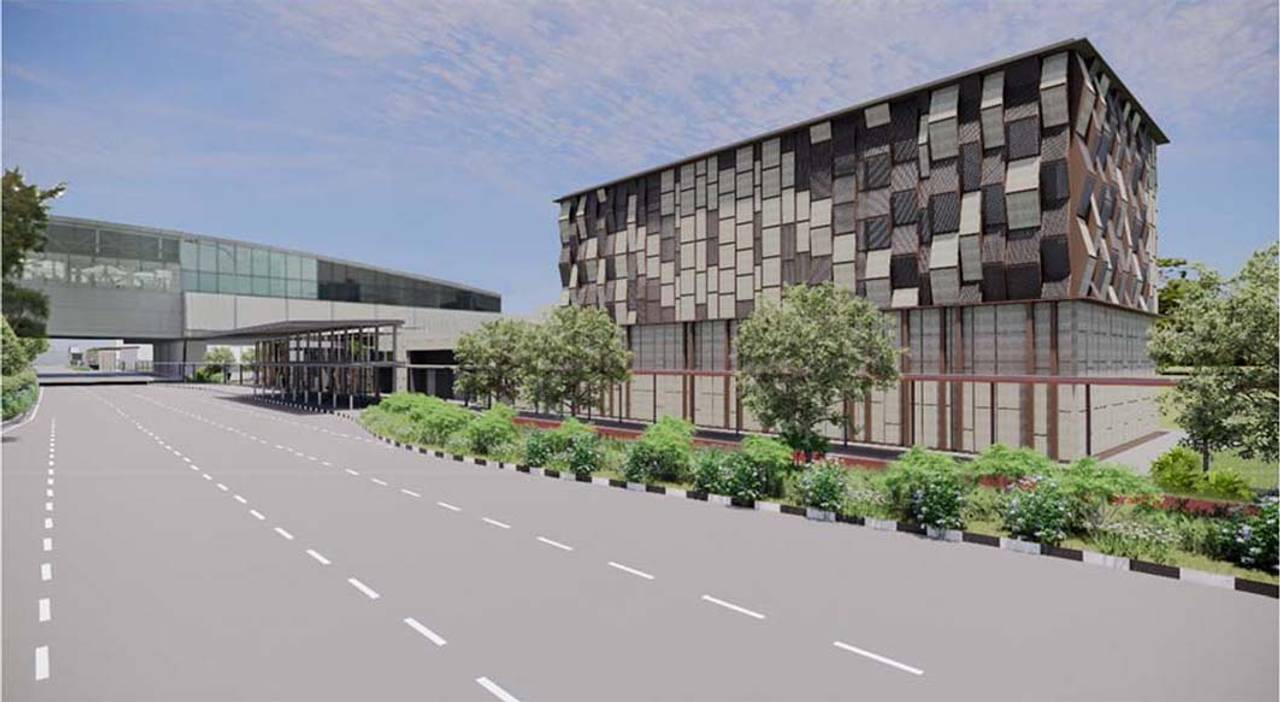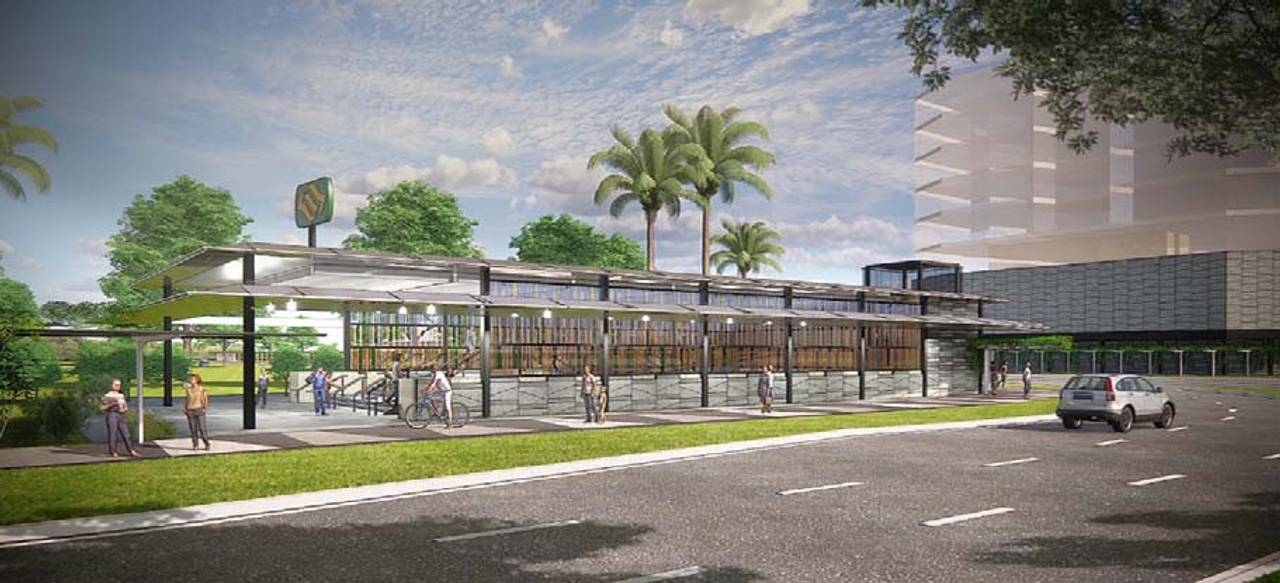Singapore’s Land Transport Authority (LTA) has marked the start of construction work on the Cross Island Line-Punggol Extension (CPe) project with a groundbreaking ceremony today (10 Oct).
The 7.3-km CPe comprises four stations, namely Punggol, Riviera, Elias and Pasir Ris. Three of the stations will serve as interchanges with other rail lines: CPe Pasir Ris station will link to the East-West Line, CPe Punggol station to the North East Line while CPe Riviera station will link to the Punggol LRT Line.
This new extension will provide better rail connectivity and greater accessibility for residents living in eastern Singapore, including Pasir Ris and Tampines North, as well as those residing in the north-east such as Punggol and Sengkang. New growth areas like Punggol Digital District and Changi Aviation Park will also benefit from this direct rail connectivity. The CPe is expected to be completed and open for passenger service by 2032.
Construction methods and technologies
According to LTA, as the CPe will be constructed near existing residential and industrial areas, innovative technologies and construction methods will be adopted to minimise inconvenience to stakeholders and to deliver the project effectively. For example:
a). Equipment that emits less noise such as electric excavators and battery power pack generators will be used at some sections of the worksite.
b). A robotic shotcrete machine will be deployed to construct a mined section of the tunnel, which will improve safety and productivity while reducing reliance on manpower.
c). Customised reinforcement bars, known as head-bars, will also be installed at appropriate sections of Riviera station, to streamline installation and increase productivity.
d). A large diameter tunnel boring machine (TBM) will be deployed to construct the tunnels between Elias station and Punggol station, via Riviera station. The 12.6-m TBM will only have to bore through the ground once to create sufficient space for two MRT tracks.
e). Technological solutions such as virtual reality (VR) and augmented reality (AR) will be adopted to enhance the design and coordination process, and further optimise the design of CPe stations. Design and coordination works would be supported by the use of building information modelling (BIM) tools, which help designers to coordinate and deconflict the locations of different services in the complex network of systems around the stations.
Moreover, LTA said CPe stations will incorporate active energy-saving features, including solar photovoltaic panels on entrance structures as well as hybrid cooling systems for public areas. The hybrid system uses fans in tandem with air-conditioning to keep stations comfortable for commuters while reducing overall energy consumption. Low-carbon concrete will also be used for some station structures. These measures will contribute to a greener and more sustainable land transport network for Singapore.
When completed, the CPe will connect to the main Cross Island Line (CRL) at Pasir Ris station. Construction works for the 12 CRL Phase 1 stations (Aviation Park to Bright Hill) commenced in January this year. LTA is progressively calling tenders for CRL Phase 2, which comprises six stations from Turf City to Jurong Lake District. Engineering studies are ongoing for the third phase of the CRL.
All images: LTA














